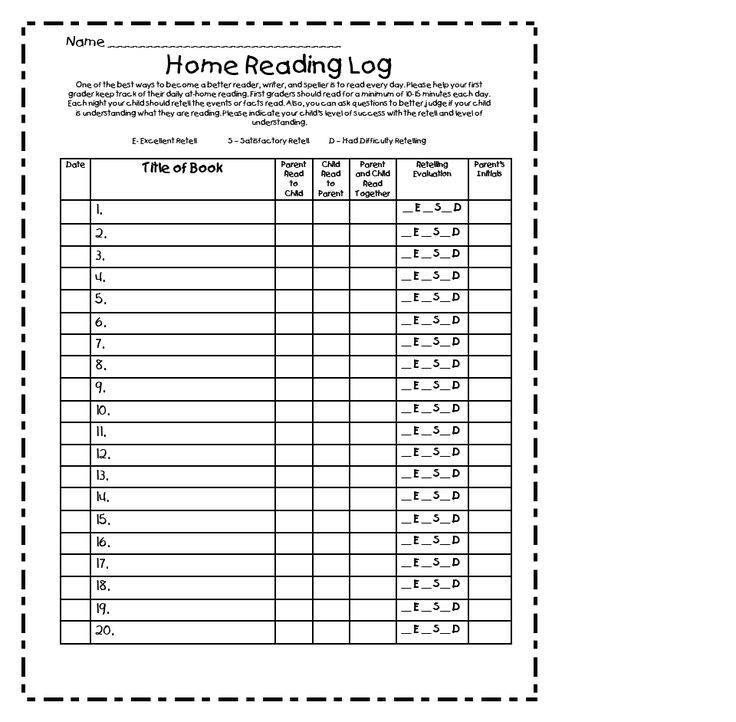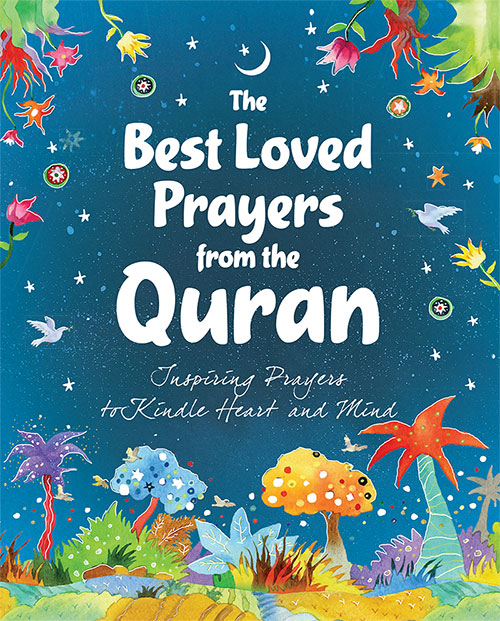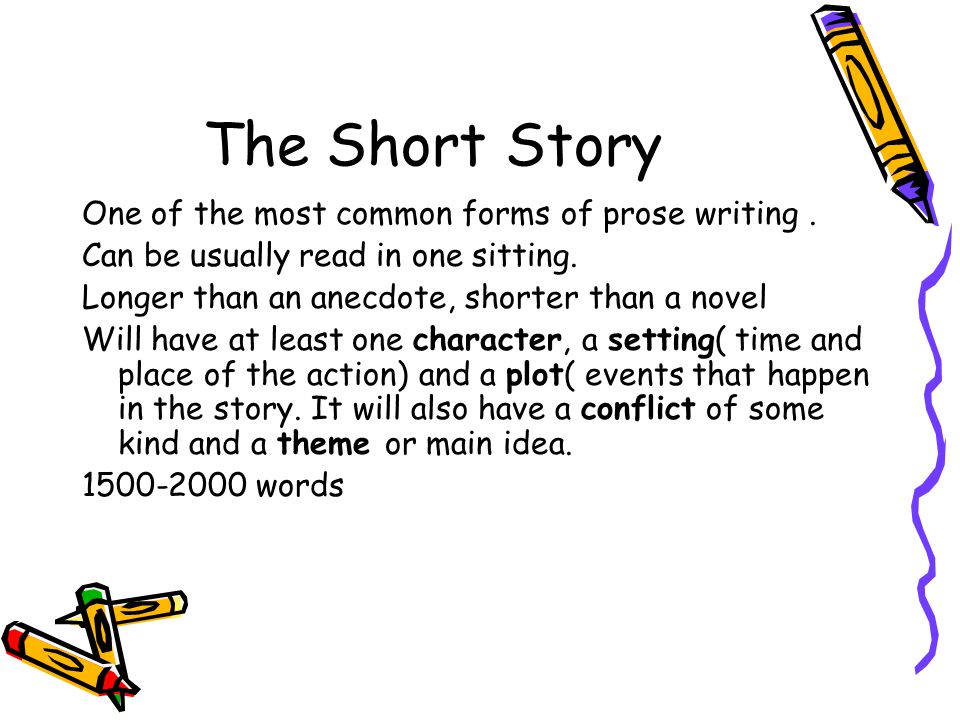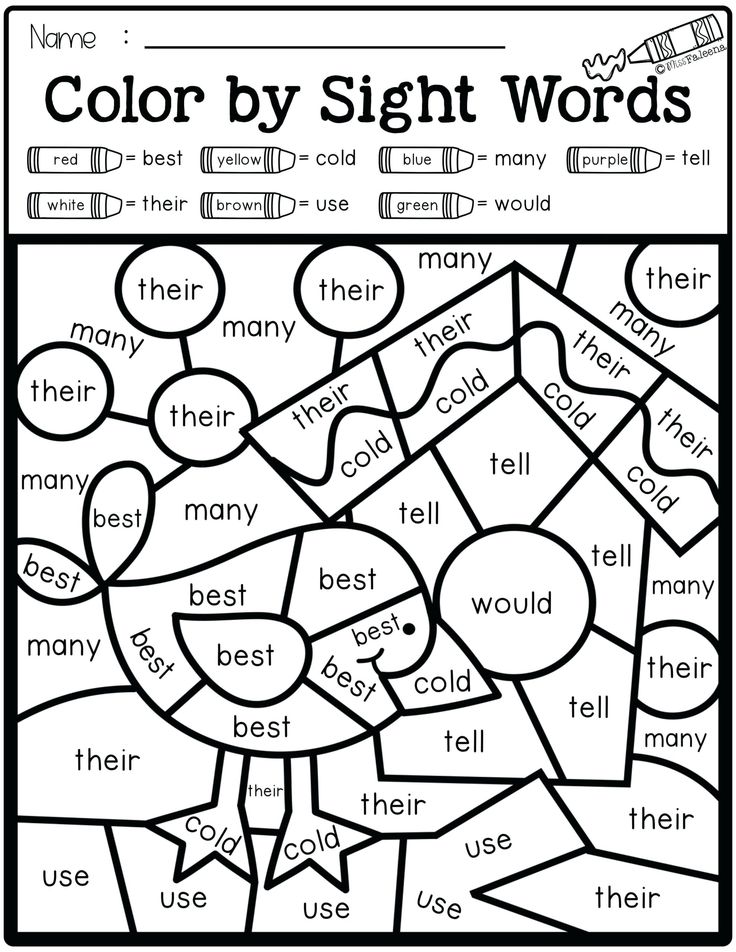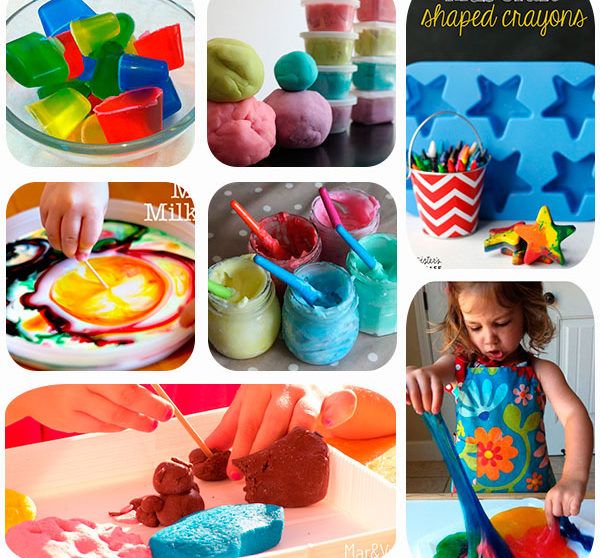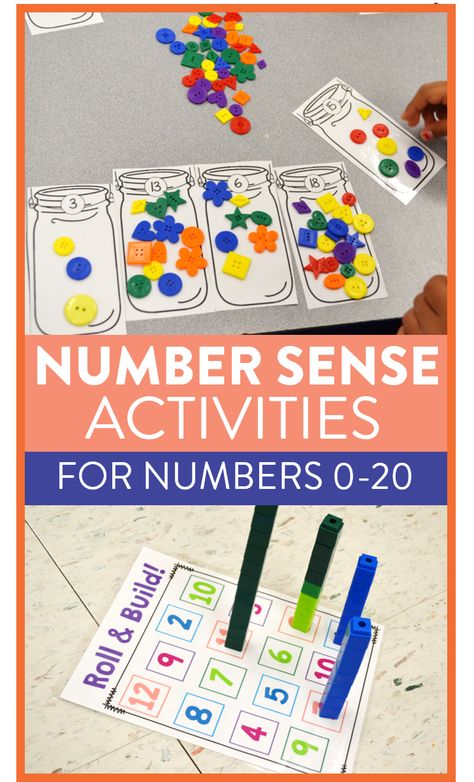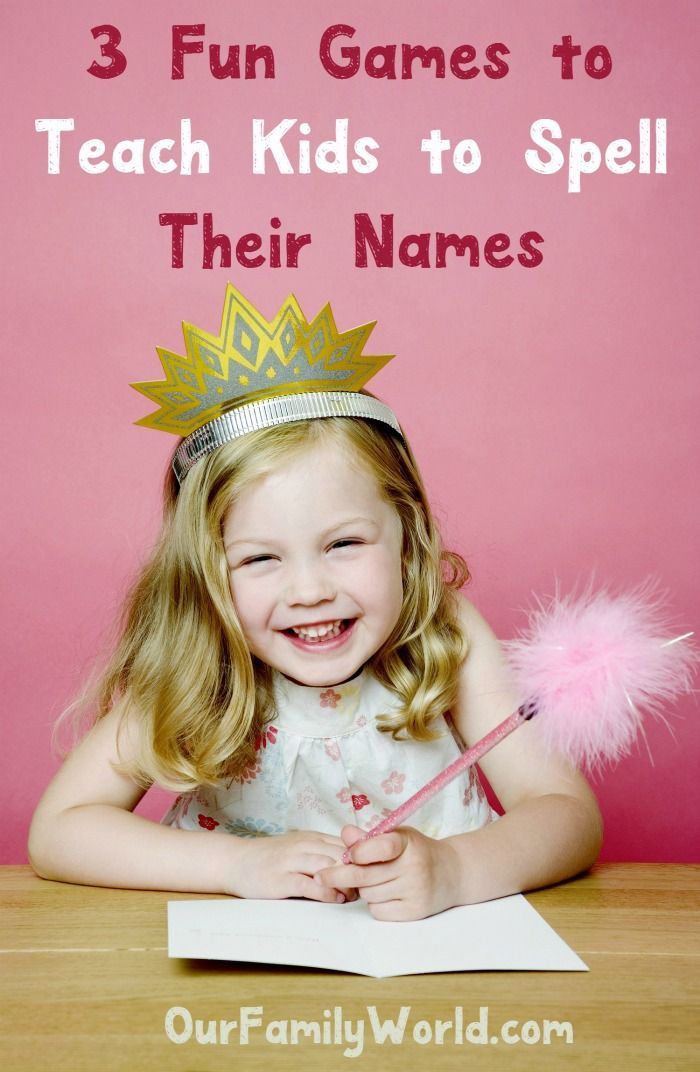How to help a child understand what they read
Help Your Child Understand What He or She Reads
On this page
- Explain things
- Ask questions
- Show your child new people, places, and things
- Talk about different word meanings
- Use a children's dictionary
- Teach your child comprehension tricks
- Read together every day
When children get to fourth grade, they no longer spend time in class learning how to read. Instead, they learn about science, social studies, and many other subjects. They read in order to understand.
Explain things
Explain to your child how things work and what things are. Talk about music, politics, sports, history, or whatever interests you both. Conversations with adults help children build understanding.
Ask questions
Ask questions that make your child think about what he or she just read. Say something like, "Why do you think he did that?" or "What's happening now?"
Show your child new people, places, and things
As much as you can, give your child new experiences. Take him or her along with you to meet new people, go to different places, and see new things. Talk about what you see and do. Open up your child's experiences so he or she can draw on that knowledge when reading.
Talk about different word meanings
Play games with words. You can talk about how jam means something you put on toast as well as cars stuck in traffic. How many other words can your child think of that sound the same but have different meanings and spelling? When kids know what a word means, they have less difficulty when reading it.
Use a children's dictionary
Buy or borrow a children's dictionary. Show your child how to use it to look up the meaning of words. If you have access to the Internet, your child can also go to a talking dictionary to hear how a word is pronounced (in English).
Teach your child comprehension tricks
Show your child some tricks to better understand what he or she has seen or read. Four of these tricks are: summarize, predict, context, and monitor.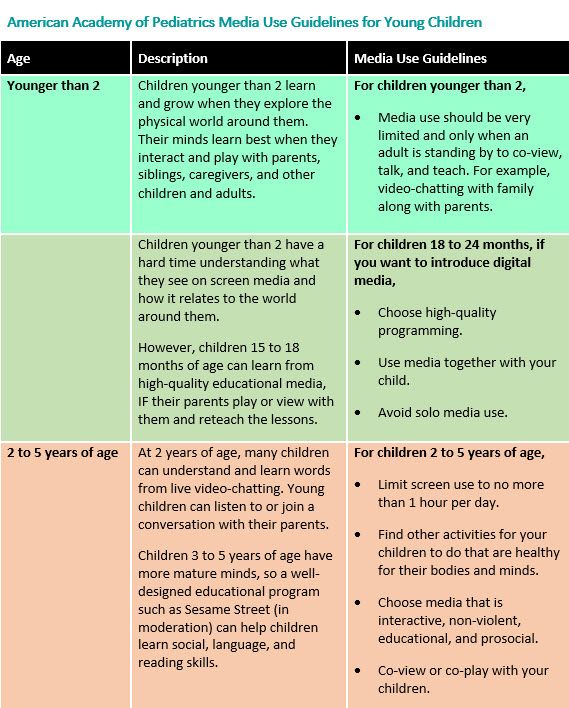 Try these with your child with a TV show or sports game first. Then try it with a book. For example:
Try these with your child with a TV show or sports game first. Then try it with a book. For example:
- Ask your child to retell a story in just a few sentences (summarize).
- Ask him or her to guess what might happen next (predict).
- Show your child how to figure out the meaning of an unfamiliar word based on other words and pictures around it (context).
- Explain how to pause while reading in order to ask himself or herself whether he or she knows what is happening, and if not, to re-read the sentence again (monitor).
Knowing how to do these things will help your child better understand what he or she reads!
Read together every day
Read with your child for at least 15 minutes each day. Experts say this is one of the most important things you can do! Make reading together a warm and loving time. See Fun and Effective Ways to Read with Children for ideas.
Reprints
You are welcome to print copies or republish materials for non-commercial use as long as credit is given to Colorín Colorado and the author(s). For commercial use, please contact [email protected].
For commercial use, please contact [email protected].
Major support provided by our founding partner, the American Federation of Teachers, AFL-CIO.
With generous support provided by the National Education Association.
ADVERTISEMENT
Most Popular
Language Objectives: The Key to Effective Content Area Instruction for English Learners
8 Strategies for Building Relationships with ELLs
Supporting ELLs in the Mainstream Classroom: 12 Strategies for Language Instruction
Using Cognates to Develop Comprehension in English
Tweets by @ColorinColorado
How to Help Your Child With Reading Comprehension
What helps kids understand what they read? Being an active reader is key. That means focusing on the text, questioning it, and taking mental notes. You can work on these skills with your child at home. Use these seven tips to help improve your child’s reading comprehension.
1. Make connections.
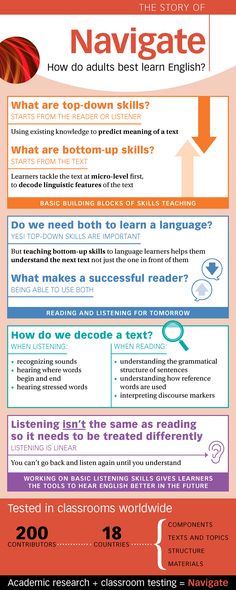
When kids connect what they already know to what they read, it helps them focus. Show your child how to make connections when you read aloud. If a book mentions places you’ve been to with your child, talk about those memories. Then have your child give it a try.
2. Ask questions.
Asking questions encourages kids to look for clues in the text. When you read together, ask questions to spark your child’s curiosity. Ask things like “What do you think will happen?” or “How is that character feeling?”
3. Make “mind movies.”
Visualizing helps bring a story to life. That’s where mind movies come in. When you read with your child, describe what the scene looks like in your head. Talk about how it makes you feel. You can use other senses, too. For example, if the scene takes place outside, what does it smell like?
Then invite your child to make a mind movie, too. Point out how your child’s movie is different from yours. If your child likes to draw or color, encourage your child to make a picture of the scene, too.
4. Look for clues.
When you combine what you already know with clues from a story, you can make guesses or predictions. These are inferences. And making them is a great way to build reading comprehension.
For example, when we read “Kim’s eyes were red and nose was runny,” we can infer that Kim has a cold or allergies. Help your child do this as you read. If a character is wearing gym clothes and sweating, ask your child what the character might have been doing before.
5. Figure out what’s important.
Ask your child: Who are the main characters? What’s the most important thing that has happened in the story so far? What problem are the characters trying to solve? When kids can point out what’s important, they’re more likely to understand what they read.
Your child can also use a tool called a graphic organizer to do this. A “story element” organizer keeps track of the main characters, where the story is taking place, and the problem and solution of the story.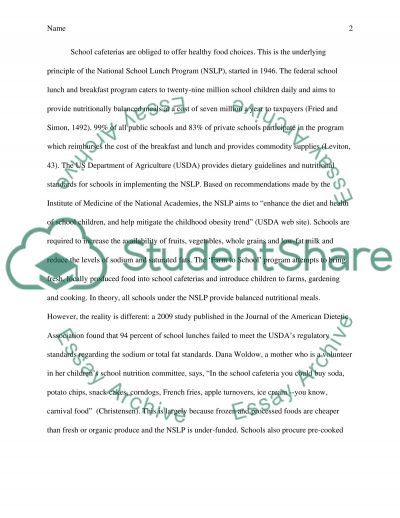
6. Check understanding.
It helps to encourage kids to stop and ask themselves, “Is this making sense?” If your child gets stuck, suggest rereading the part that didn’t make sense. What about it was confusing? Were there specific words that tripped your child up?
7. Try new things.
The more kids know about the world, the more they can get meaning out of what they read. You don’t have to take an expensive trip or go to a museum to do this, though. You can expand kids’ background knowledge and vocabulary in lots of ways.
Shooting hoops or watching a baseball game can help your child connect more with books about sports. Riding the subway might make your child interested in books that take place in big cities.
Even with these tips, some kids still have a hard time understanding what they read. Learn more about how to help your child with reading. And get an expert’s take on why kids may have trouble understanding or remembering what they read.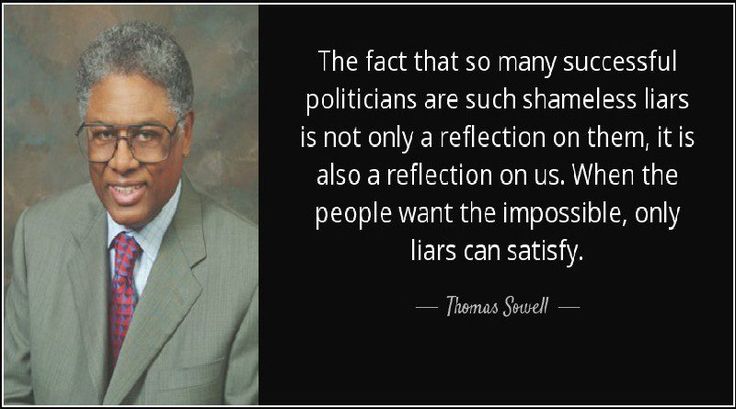
How to teach a child to understand what they read
4460
“Your child reads quickly, but does not understand and cannot retell what exactly he has read” - such phrases are not uncommon at elementary school meetings. Parents are surprised: “The child is reading, how can he not understand what he read?”
Reading is not just a mechanical transformation of letters into words, but also a way of receiving and processing information, its further retelling.
It is important to recognize as early as possible that the child does not understand what they read, while the volume of texts and tasks is not large. This is easy to do by asking questions about the text, for example, about a read fairy tale. Without answers to questions, the child himself may not pay attention to the fact that he does not understand the meaning of what he has read.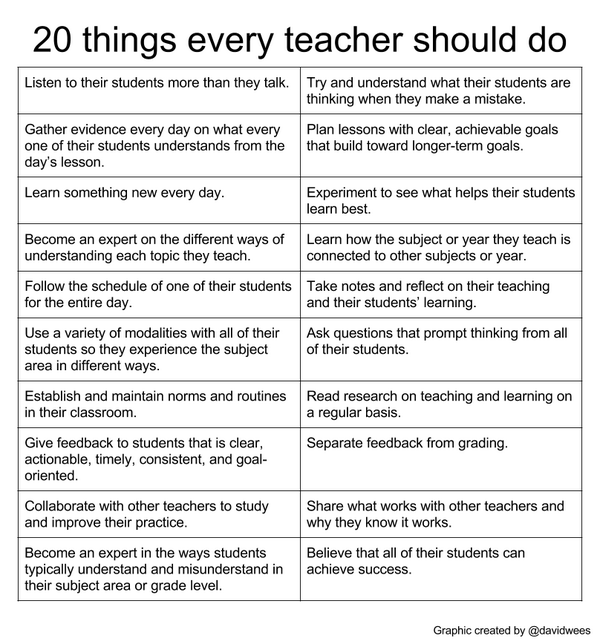
1. Load and fatigue. Modern schoolchildren live in a world of colossal workloads, a high pace of learning. Often, a child reads a phrase and distorts its meaning, because he wants to complete the task as quickly as possible in order to move on to the next one. The child tries to meet the expectations of an adult, he experiences tremendous stress, which leads to chronic fatigue and poor academic performance
2. Automatic reading - the child chatters the text without delving into its meaning. Unfortunately, very often adults primarily pay attention to the speed of reading, and not to its quality. While the child is learning to read, do not chase speed - it is better to read more slowly, but thoughtfully.
3. Small vocabulary. A child can read a word, but not know its meaning and lose the meaning of the entire sentence or even text. Explain to the child that he can ask adults for incomprehensible or unfamiliar words.
There are other factors that affect reading comprehension, but these are the main ones.
Games for the development of meaningful reading:
1. Puzzles of words, phrases and sentences. An adult writes a word on paper and cuts it into pieces, inviting the child to put together a “puzzle”, over time, the task becomes more complicated to sentences.
2. The word is lost: the adult reads the text and skips the words, the task of the child is to guess which words were “lost”.
3. Vocabulary expansion games: we invite the child to list as many words as possible for a hidden letter. This game is great because you can play it on the way to kindergarten or school or anywhere, because. it does not require any materials and preparation.
4. Children's Scrabble: word building game for children, expands the child's vocabulary
5. Scrabble: from simple words to complex ones. Playing with an adult, the child not only expands vocabulary, but also improves spelling.
6. Theater based on a fairy tale read: an adult will need props, you can use ordinary toys or buy a ready-made puppet set for a certain fairy tale.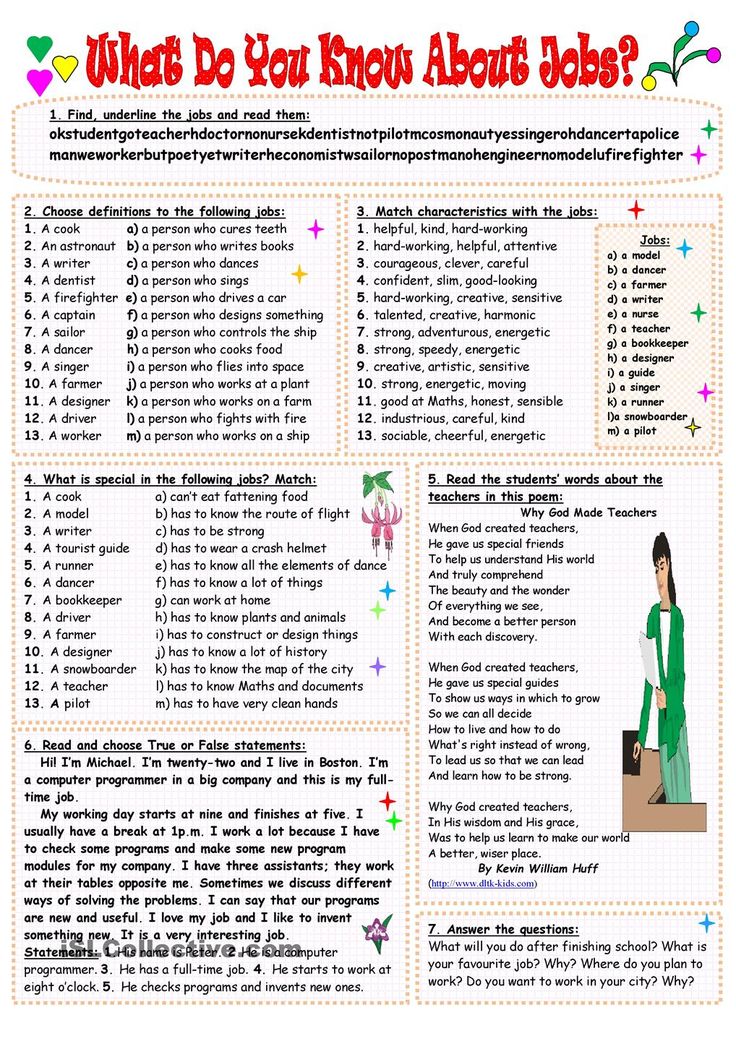 The task of the child is to read the fairy tale and try to reproduce it together with the adult with the help of dolls.
The task of the child is to read the fairy tale and try to reproduce it together with the adult with the help of dolls.
What to do if the child does not understand what they read?
To begin with, the parent must clearly understand that the child is having a hard time, he does not create problems on purpose, he needs help, and adult dissatisfaction will only worsen the situation.
1. Make sure your child knows all the letters of the alphabet with confidence. Not according to the alphabet or cubes, but according to the text, where there are no pictures that can tell.
2. Do not push the child, no matter how slowly he reads. On the contrary, you can stop the child and ask him clarifying questions, especially about words and phrases that caused difficulty reading.
3. After reading the text, be sure to discuss what you read, ask questions to make sure that the child understands what he read.
4. When memorizing verses, also check whether the child understands their meaning.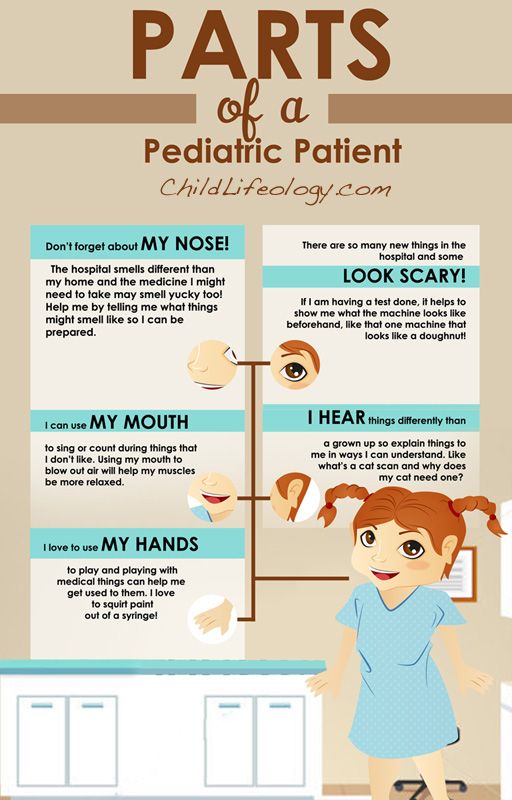 Explain unfamiliar words if necessary.
Explain unfamiliar words if necessary.
5. Let the child read as they like: underlining the line of text with a ruler, sheet or finger. The problem that parents do not attach importance to: the line. A child can simply get lost and confused in the abundance of text, so it is important to underline the readable line.
6. Offer your child books with large text, short phrases, and an interesting plot.
7. A child who does not understand what they read is vulnerable at school in the classroom. Review the task for the next day, sort out what will be incomprehensible - so the child will feel more confident.
8. Be sure to support the child, pay attention to even the smallest of his successes.
In any business, the main thing is practice. Perhaps success will not come immediately, but over time, with regular classes, the child will begin to understand the meaning of what he read.
On the Razumeikin website you will find lessons of different difficulty levels for developing reading skills and reading comprehension.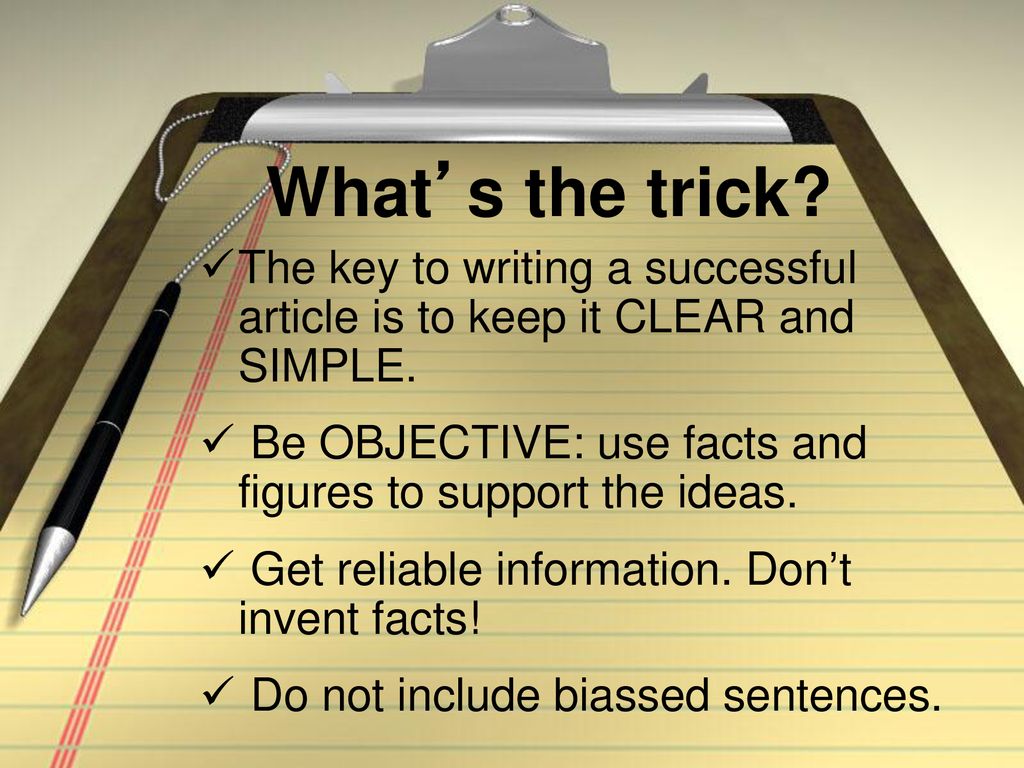 The Learning to Read course will help your child learn to read and understand what they read. Assignments from the section "Reading" in the courses Learning for every age will help in a playful way to learn to understand the meaning of what is read.
The Learning to Read course will help your child learn to read and understand what they read. Assignments from the section "Reading" in the courses Learning for every age will help in a playful way to learn to understand the meaning of what is read.
Did you like it? Share with friends:
Online classes on the Razumeikin website:
-
develop attention, memory, thinking, speech - namely, this is the basis for successful schooling;
-
help to learn letters and numbers, learn to read, count, solve examples and problems, get acquainted with the basics of the world around;
-
provide quality preparation of the child for school;
-
allow primary school students to master and consolidate the most important and complex topics of the school curriculum;
-
broaden the horizons of children and in an accessible form introduce them to the basics of various sciences (biology, geography, physics, chemistry).
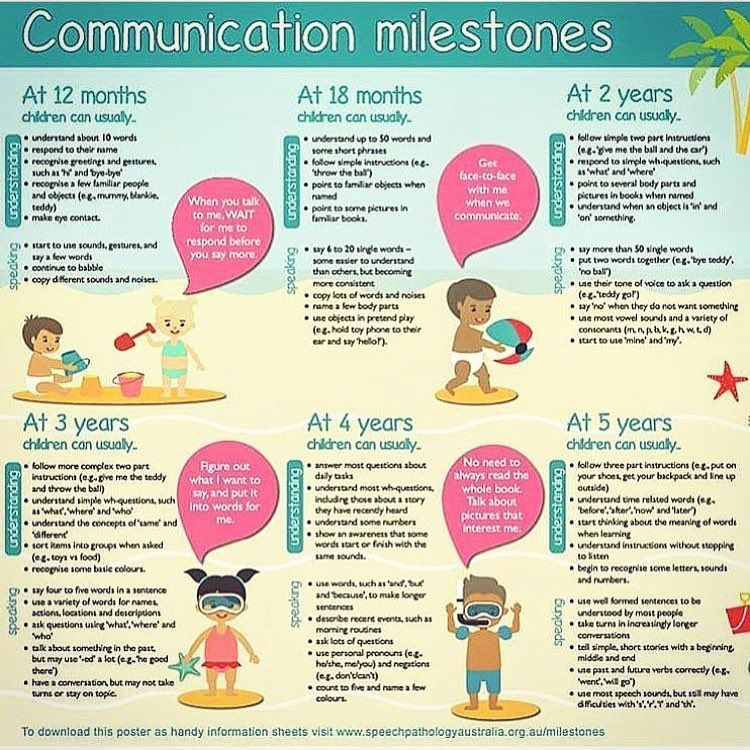
We teach the child to understand the meaning of the text. Free Exercises
Many children find it very difficult to make the transition from rote reading to conscious reading. One reason for this may be dyslexia, which makes it difficult for a child to focus on letters and link them into words. Therefore, reading for such children turns into torture. Read more about what this violation is and how to understand if your child has it, read here.
⠀
Another reason why it is difficult for a child to understand what they read is the speed of reading. A child who reads slowly usually forgets what he was reading when he reaches the end of a page or paragraph.
⠀
There can be several reasons for slow reading:
- poor concentration of attention;
- narrow field of vision, when it is difficult for a child to focus on a whole word, phrase or sentence;
- speaking the text aloud or to oneself;
- when reading, the eyes move in a chaotic manner.
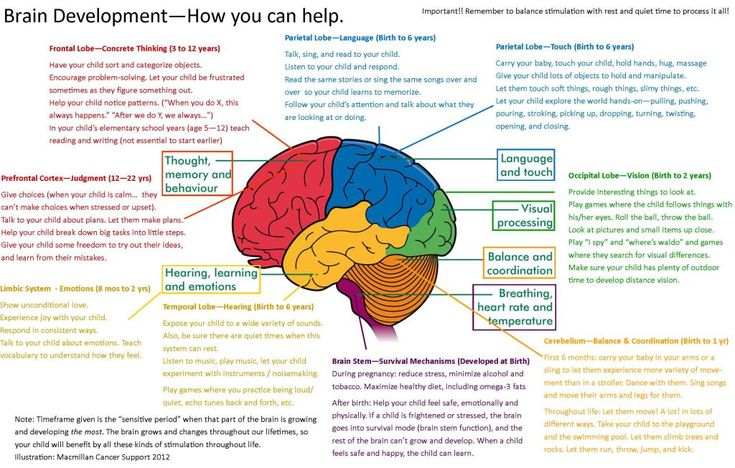
⠀
We will look at a few simple exercises for preschoolers and schoolchildren that will help increase their reading speed.
Learning to read faster
1. Attention exercises
Set a timer and ask the child to name all the letters in alphabetical order starting with the letter A and going down the table.
This exercise also focuses on concentration. Ask the child not to read the words, but in order to name the colors in which the words are written.
2. Getting rid of regression
In order for the child to read word by word, not to jump his eyes from one line to another and to be as focused as possible while reading - give the following exercise 5 minutes a day and the result will not keep you waiting.
Letters, figures, numbers and words that are in the squares must be named sequentially. Thanks to this exercise, the child learns to move his eyes correctly and avoid regression.
⠀
The sooner you get it, the better.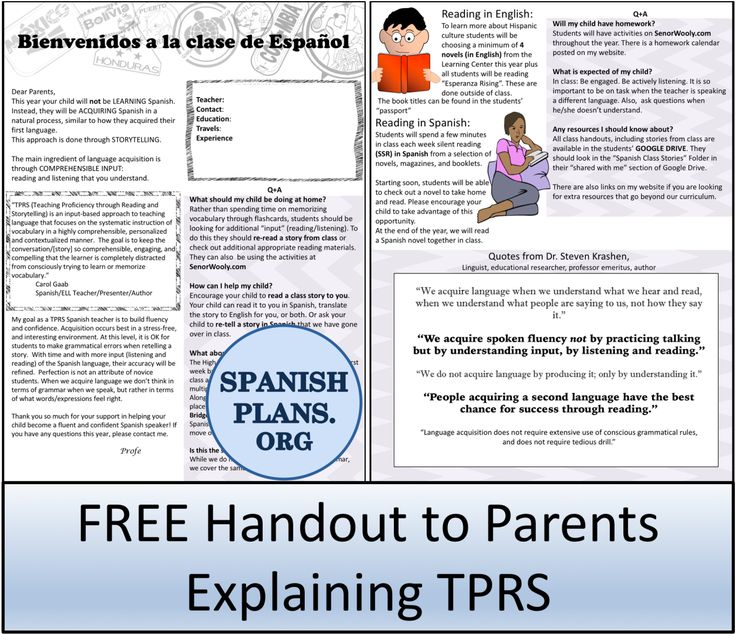
3. At the same time we train concentration of attention and logic
Ask the child to correctly form words in sentences.
Study with your child for 15-20 minutes every day and after 2-3 weeks he will read faster. And if you have already tried, but nothing worked out for you or you simply don’t have enough time to study, we offer you our Reading Trainer course.
⠀
After training, your child will learn to read faster, will understand what they read and begin to read with interest, and will be able to write simple sentences in block letters. You can sign up for a trial lesson here.
⠀
Now let's move on to exercises aimed at conscious reading.
7 game exercises that will teach a child to understand what they read
For example, let's take an excerpt from a fairy tale and show all the exercises on it. You can also choose different passages from your child's favorite fairy tales for each exercise.
⠀
In order not to spoil the books and not to type the text, find the electronic version of the fairy tale, select any passage and print it out.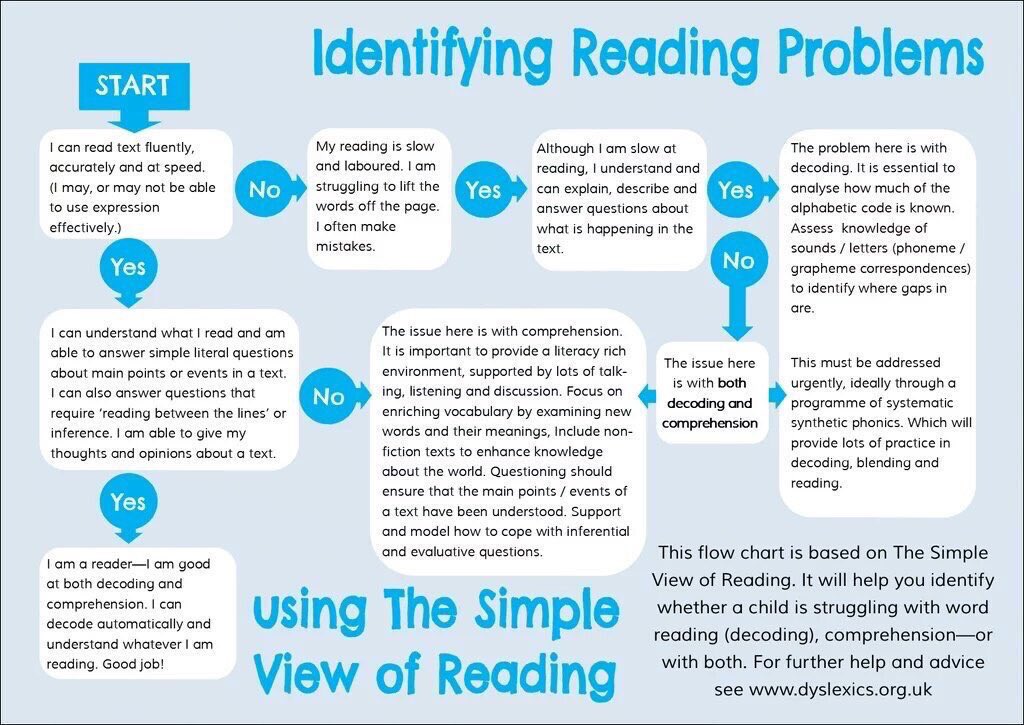
⠀
The text on which we will demonstrate our exercises will be taken from a children's book recommended by our student's mother Elena.
⠀
An excerpt from the book "Shmyak the Kitten" by Robin Scotton
1. Visualizing the text
Pictures help to involve both hemispheres of the child's brain, making it easier for him to understand and remember the meaning of what he read. You can visualize the text using self-made mnemonic tables. Below is an example, and how to do them correctly, read here.
2. Making the text out of parts
Take the printed text and ask the child to read it once or twice. Then cut the text into paragraphs, shuffle it, and ask him to reconstruct the text by putting the pieces together in sequence.
3. Playing teacher
Take the printed text and invite the child to cross out the words from it in such a way that the main meaning is not lost.
4. We train logic and learn to analyze what we read
We invite you and your child to solve word logic problems.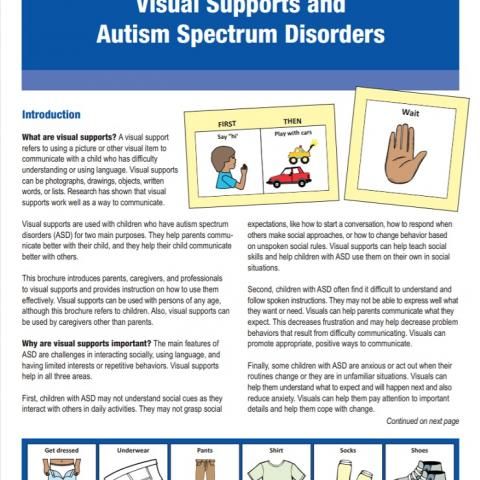 Remember the famous Soviet riddle “A, I, B were sitting on a pipe. A - fell, B - disappeared. Who stayed on the pipe? Answer - And remained on the pipe.
Remember the famous Soviet riddle “A, I, B were sitting on a pipe. A - fell, B - disappeared. Who stayed on the pipe? Answer - And remained on the pipe.
⠀
This is a very simple and interesting riddle for preschoolers, which demonstrates to children the great possibilities of the Russian language.
⠀
Below are more examples of tasks for training.
We also recommend that you develop your child's logical thinking by using our simple ideas for creating games from objects that you have at home.
5. Analyzing the text with questions
A good way to help your child build a meaningful chain is to ask questions about the text:
⠀
- Who is the main character?
- What is happening to him?
- Why do you think this is happening to him? Why was he in this situation?
- What does this situation teach him?
- What would you do in this situation?
- Let's imagine what could have happened if he had acted differently?
⠀
Such questions will help the child to grasp the meaning, highlight the main idea and easily retell what they have read.


